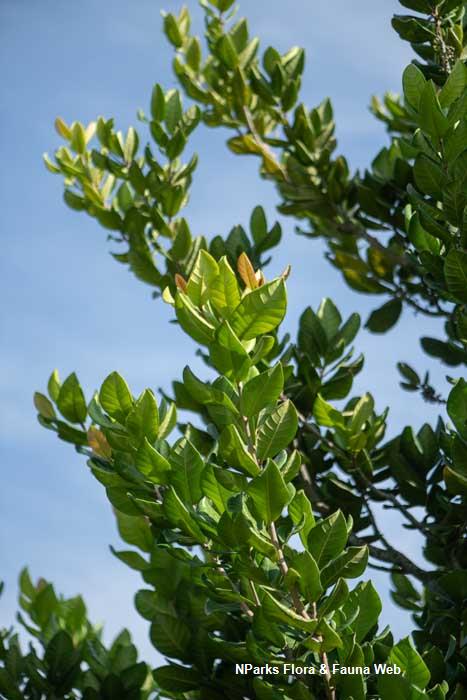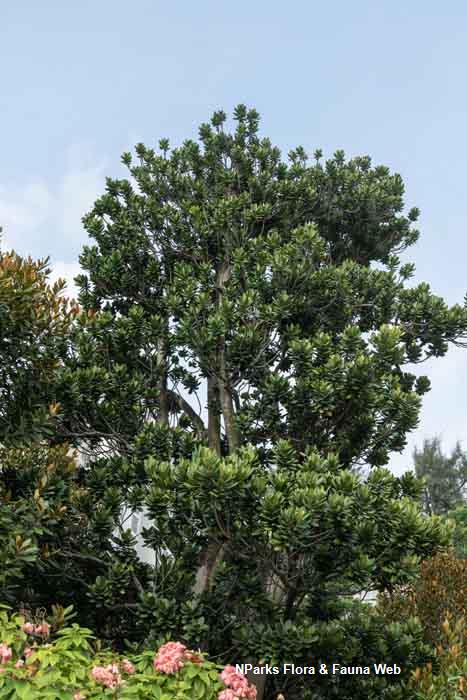
Back
Palaquium formosanum Hayata
| Family Name: | Sapotaceae |
| Common Name: | Formosan Nato Tree, 台湾胶木 |
Palaquium formosanum, also known as Formosan Nato Tree, is a tree which can reach up to 20 m tall. In Taiwan, the sap is used to build wooden rafts and the ripe fruit is eaten by local villagers.
Name
Classifications and Characteristics
| Plant Division | Angiosperms (Flowering Seed Plants) |
|---|---|
| Plant Growth Form | Tree |
| Mode of Nutrition | Autotrophic |
Biogeography
| Native Distribution | Taiwan to Philippines |
|---|---|
| Local Conservation Status | Non-native |
Description and Ethnobotany
| Growth Form | It is a tree which can reach up to 20 m tall. It produces white sap when any part of the plant is injured. |
|---|---|
| Foliage | Leaves are thickly leathery and ovate-oblong to spathulate (10 – 17 cm long and 4.5 – 7.5 cm wide). Leaf tip is rounded to cordate while leaf base is broadly wedged shaped (cuneate). Each leaf has 10 – 12 pairs of lateral veins. Reddish-brown hairs may be present on the veins of young leaves. |
| Flowers | Flower occurs in solitary or in clusters of 3 – 6. It is pale yellowish gray and comprises of 6 petals and 12 – 15 stamens. |
| Fruit | Fruit is ellipsoid, measuring 4 – 5 cm long and 1.5 – 2 cm wide, and the tip often has a persistent style (about 1.5 cm long). |
| Ethnobotanical Uses | Others: In Taiwan, the ripe fruit is eaten by local villagers. On Lanyu Island, the sap is used to build wooden rafts. |
Plant Care and Propagation
| Light Preference | Full Sun |
|---|---|
| Water Preference | Moderate Water |
Image Repository
Others
| Master ID | 34175 |
|---|---|
| Species ID | 8588 |
| Flora Disclaimer | The information in this website has been compiled from reliable sources, such as reference works on medicinal plants. It is not a substitute for medical advice or treatment and NParks does not purport to provide any medical advice. Readers should always consult his/her physician before using or consuming a plant for medicinal purposes. |

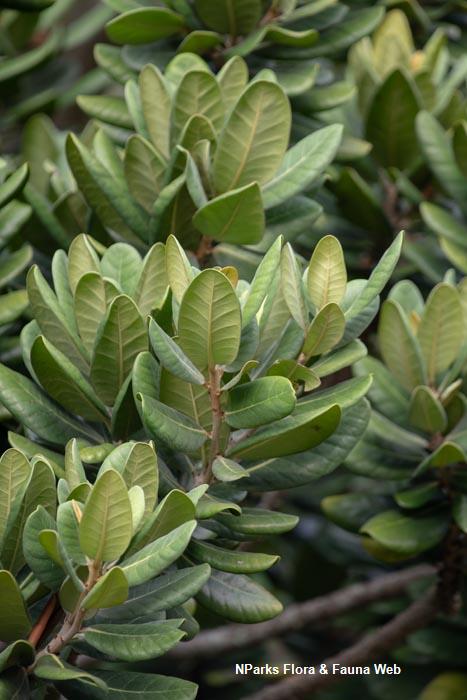
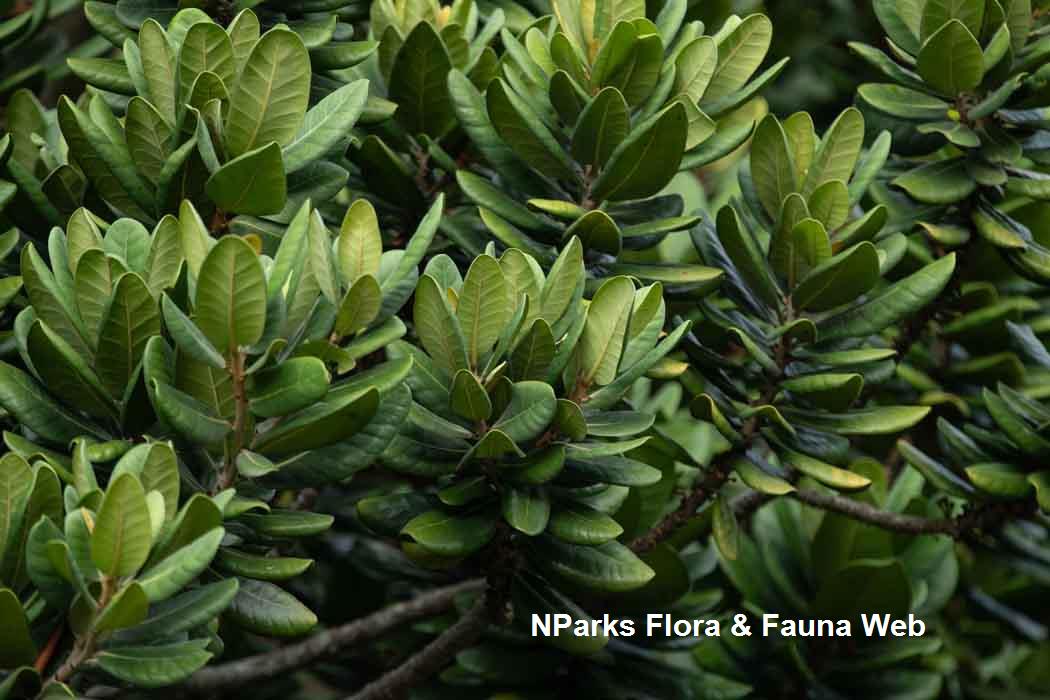
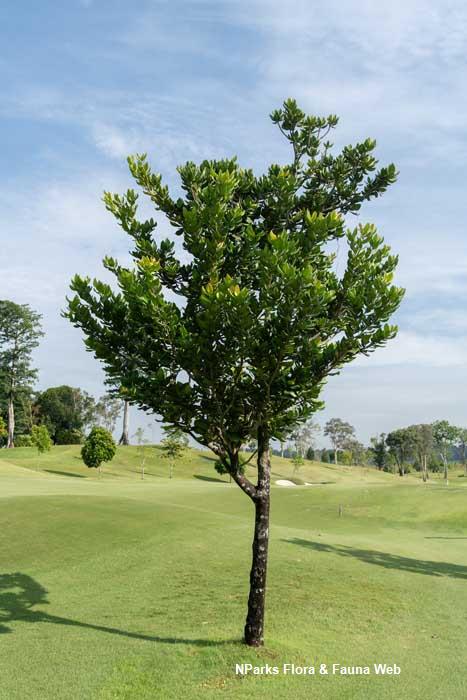
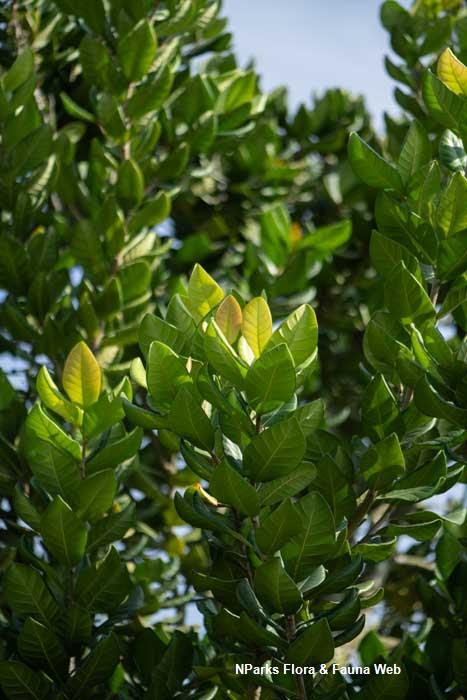
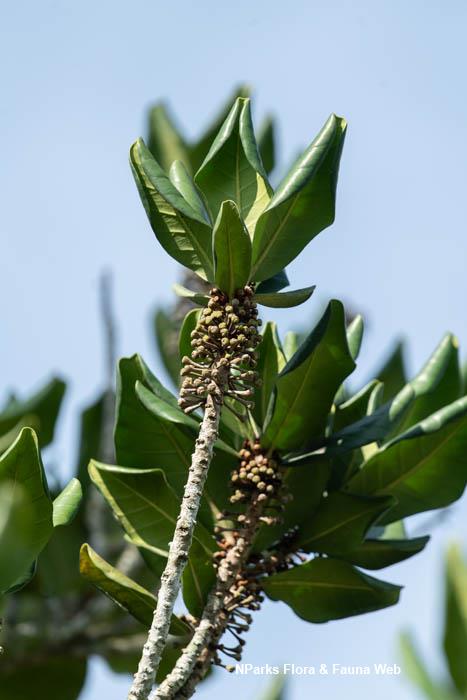
_lowres.jpg)
_lowres.jpg)
_lowres.jpg)
_lowres.jpg)
